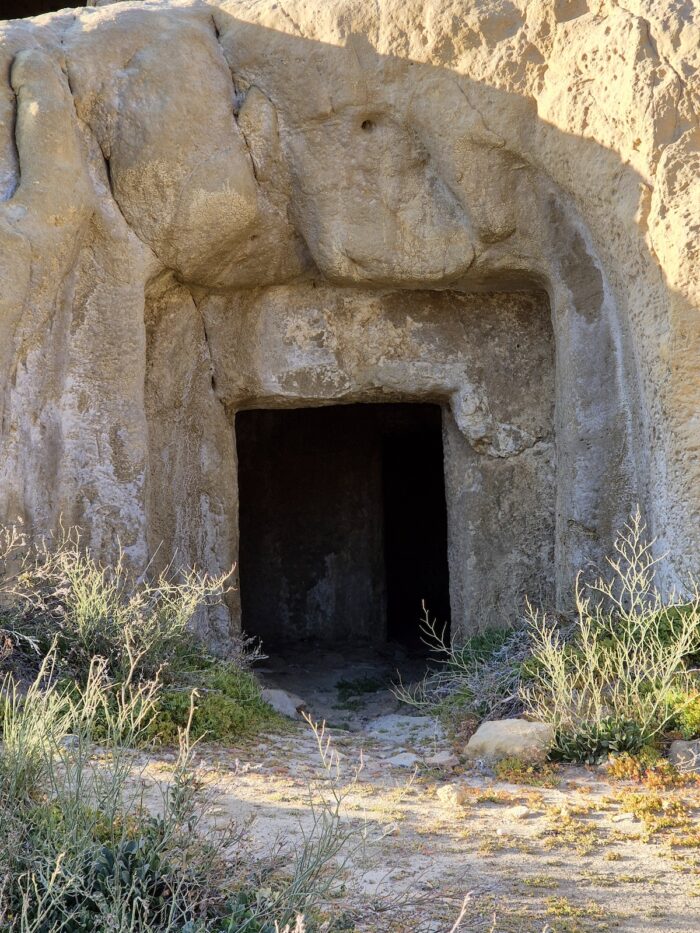Out of Town Blog
The Neolithic Hippie Caves of Matala
What do Neolithic settlers and 1960s hippies have in common? In the sunny coastal town of Matala, in southern Crete, these two unlikely groups share a surprising connection within a well-known tourist spot.
This is the story of the Matala Caves and their journey from being mysterious ancient tombs, to their rebirth as a bohemian enclave, to today being a tourist draw.
The coastal town of Matala is located roughly 70km south of Iraklion, the vibrant capital of Crete. For half the year, it becomes almost a ghost town, with its permanent residents numbering only around 300, a figure some consider exaggerated, as they are often outnumbered by the many cats wandering through its deserted streets.
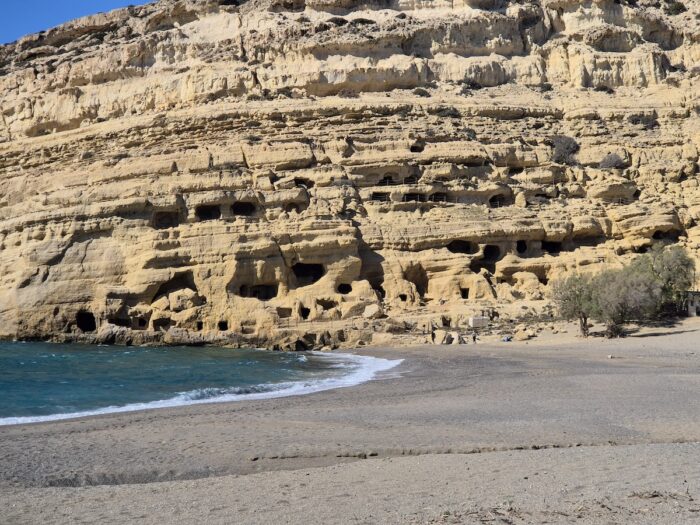
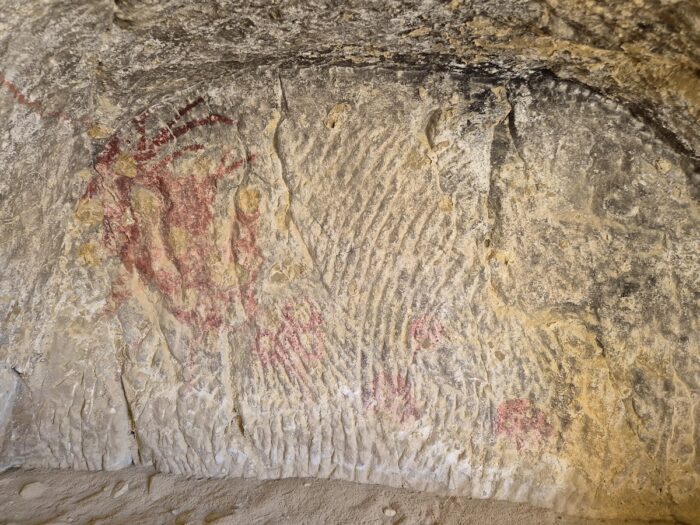
As warmer weather returns and April marks the start of the tourist season, Matala comes alive. Music drifts from bars, restaurants extend onto the streets, and the beach is filled with lounge chairs, making Matala one of Crete’s most popular tourist spots.
There’s more than one thing that attracts tourists to Matala each year, such as the stunning landscapes around the Red Beach or the nearby Minoan ruins of Phaistos and Agia Triada, but among the most fascinating of them are the Matala Caves, which dot the northern cliff face of Matala Bay.
These ancient, man-made caves are carved into the sandstone cliff on the edge of town, some rising as high as 30 metres above the beach below.

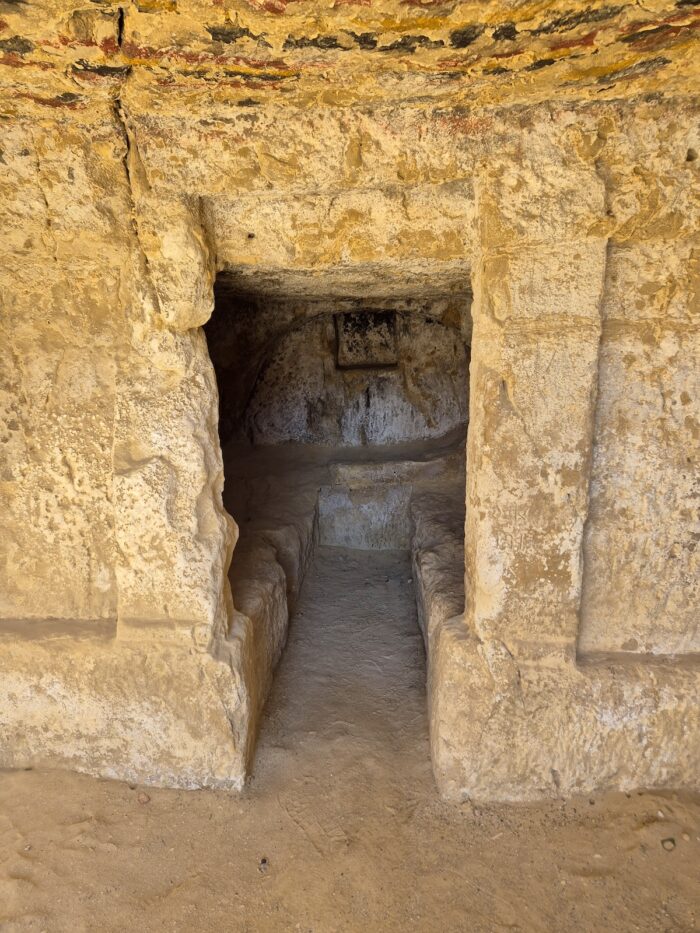
Their origins remain a mystery, on account of their age leaving little for archeologists to interpret. While no one is quite sure how old they are, primitive tool marks and ancient pottery imply that the caves are several thousand years old, dating back to the Neolithic era (which for Crete means between 9000 to 7000 BCE).
Equally mysterious is their purpose. There are 2 prevailing theories as to what the caves were used for, that they were either dwellings or tombs; homes for the living or homes for the dead.
But after taking one step inside any of the caves it becomes clear that the latter theory is the more promising. Even inside the largest of the Matala Caves an ordinary-sized adult can’t stand upright, and many of the smaller caves require one to crawl on their hands and knees to navigate.
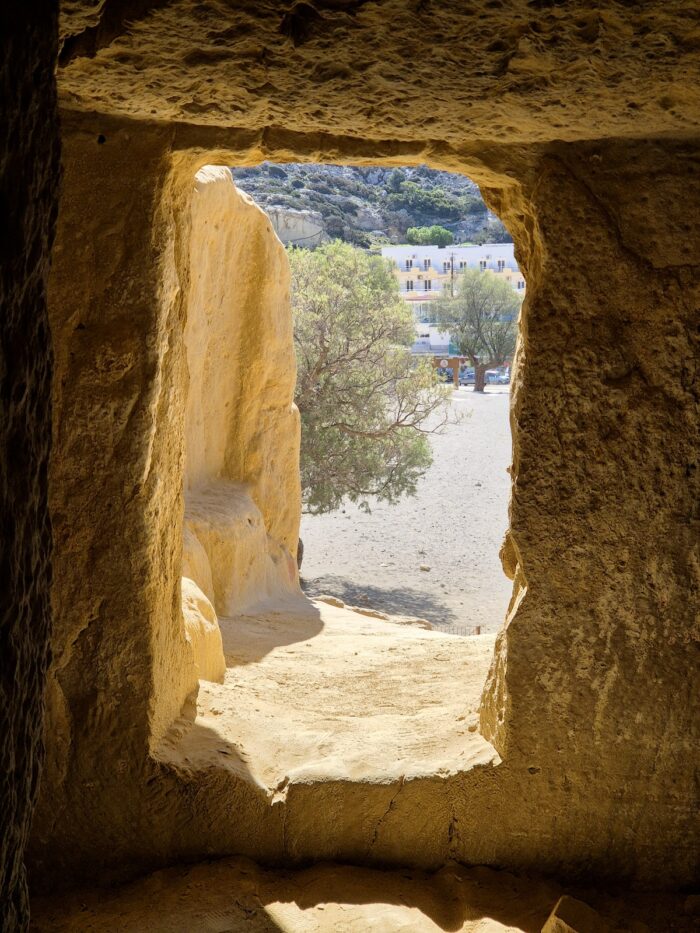
So, more likely, the caves were tombs, and this is…
Click Here to Read the Full Original Article at Out of Town Blog…
